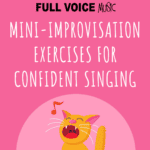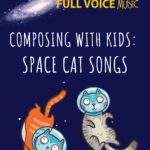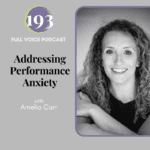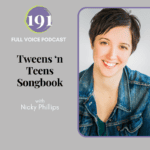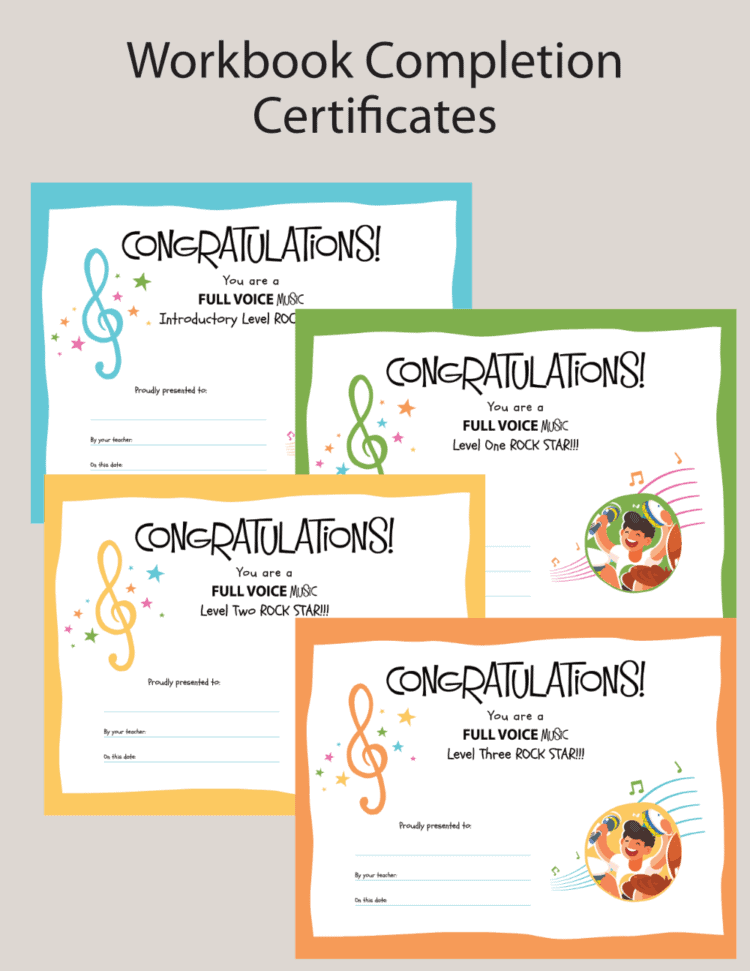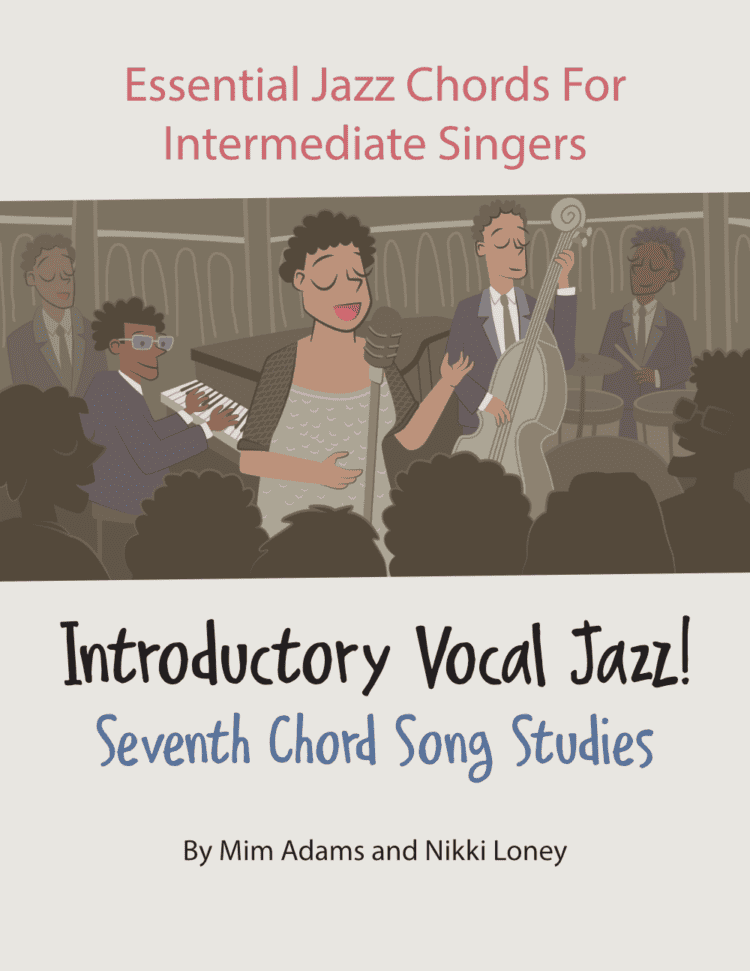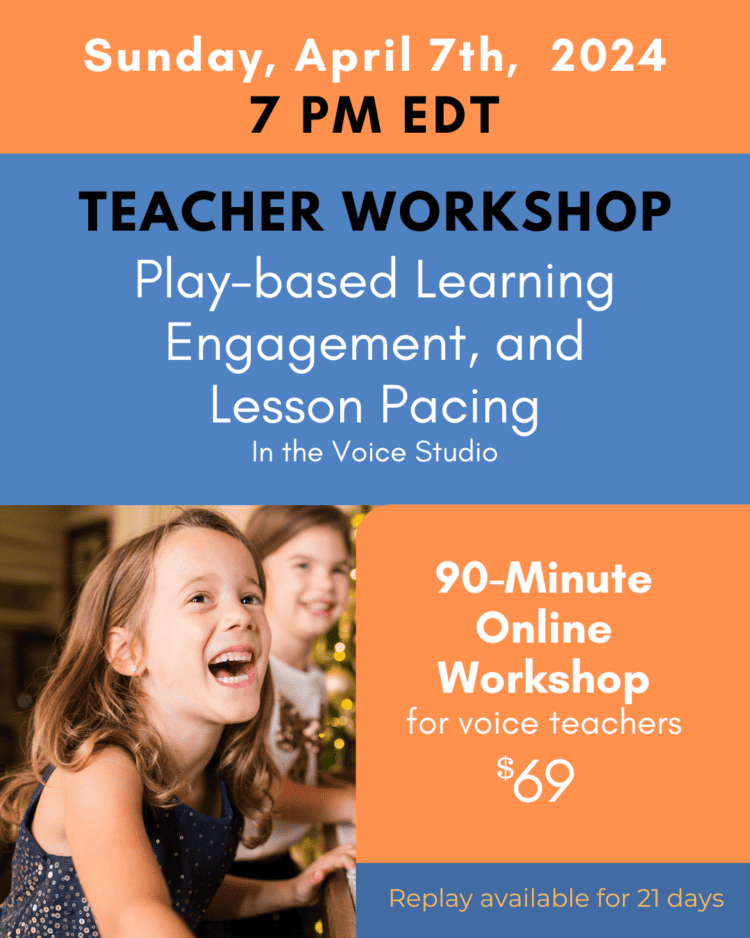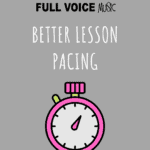
Better Lesson Pacing in 2022
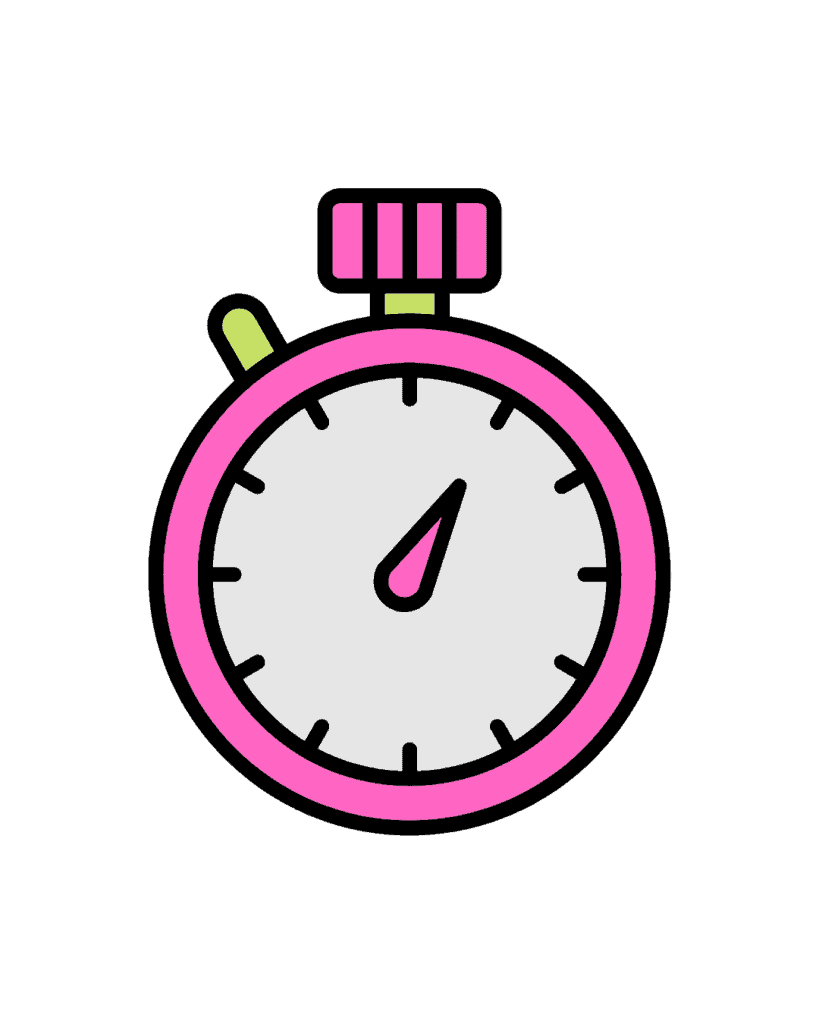
Better Lesson Pacing in the voice studio
I love it when a lesson plan comes together! I enjoy teaching most when my students are engaged and my lessons are productive. The lesson flies by, and everyone is surprised and perhaps slightly disappointed when it is time to say goodbye. A well-paced lesson makes both student and teacher feel like a rockstar!
Teacher confession.😬 My lessons don’t always land like this. Even after three decades of teaching, I still have lessons that feel awkward and uncomfortable, and on reeeallly bad days, well, I feel like I am the WORST teacher on the planet and ask myself what is pacing?
Lesson pacing is mindful observation, connection, careful planning, and the ability to shift from your plan when things aren’t going in the desired direction. I struggled with young singers in my early years of teaching, as I did not understand the importance of lesson pacing and engagement.
Truth Bomb: Lesson pacing correlates to student engagement. You can’t have one without the other. Here are some common teacher traps 😲 and simple strategies to improve your lesson flow.
Tricky Teacher Traps
Repeat after me: “My ability as a teacher is not measured by how fast my students progress.” (Write this on a sticky note and put it on your piano!)
Many private teachers feel pressure to rush students through the lesson information. However, effective lesson pacing isn’t about moving quickly through information. It’s not about how many songs they sing (or don’t sing) or how fast a student finishes a method book*. Instead, a carefully paced voice lesson allows students to explore their voice and music while enjoying themselves.
Quality not quantity
Good lesson pacing is not packing everything about singing and music into one weekly lesson. While young singers require various activities in each lesson, too much new information can easily overwhelm them. (This applies to adults too!) Simplifying your instruction and allowing them to repeat activities is a better formula than endless lectures. (Less talking, more singing)
Making connections
Effective pace of learning is different for each student. Getting to know your students and making connections with how they best learn and how they wish to express themselves vocally will impact your lesson pacing. Once you have an idea of what activities your student enjoys (and what activities they don’t enjoy), you will be able to organize a productive lesson and find an appropriate pacing in education of the student.
Beware the Curse of Knowledge
The curse of knowledge is a cognitive bias that prevents experts (you) from relating to the beginner experience. We forget that the language of music is complex. We forget how long it took us to master the basics, and we push students through rudimentary exercises because they are simple (or boring) for us to perform. Carefully observing students will help you put students’ needs and learning preferences ahead of your own.
SLOW DOWN, and then slow down even more!
Young children (and some of our older students!) are developing hand/eye coordination and language skills. They need cognitive processing time* (the time to consider the instructions and engage in the activity). Be concise with instructions and allow many repetitions to build skill and confidence. Other activities that need a slower pace:
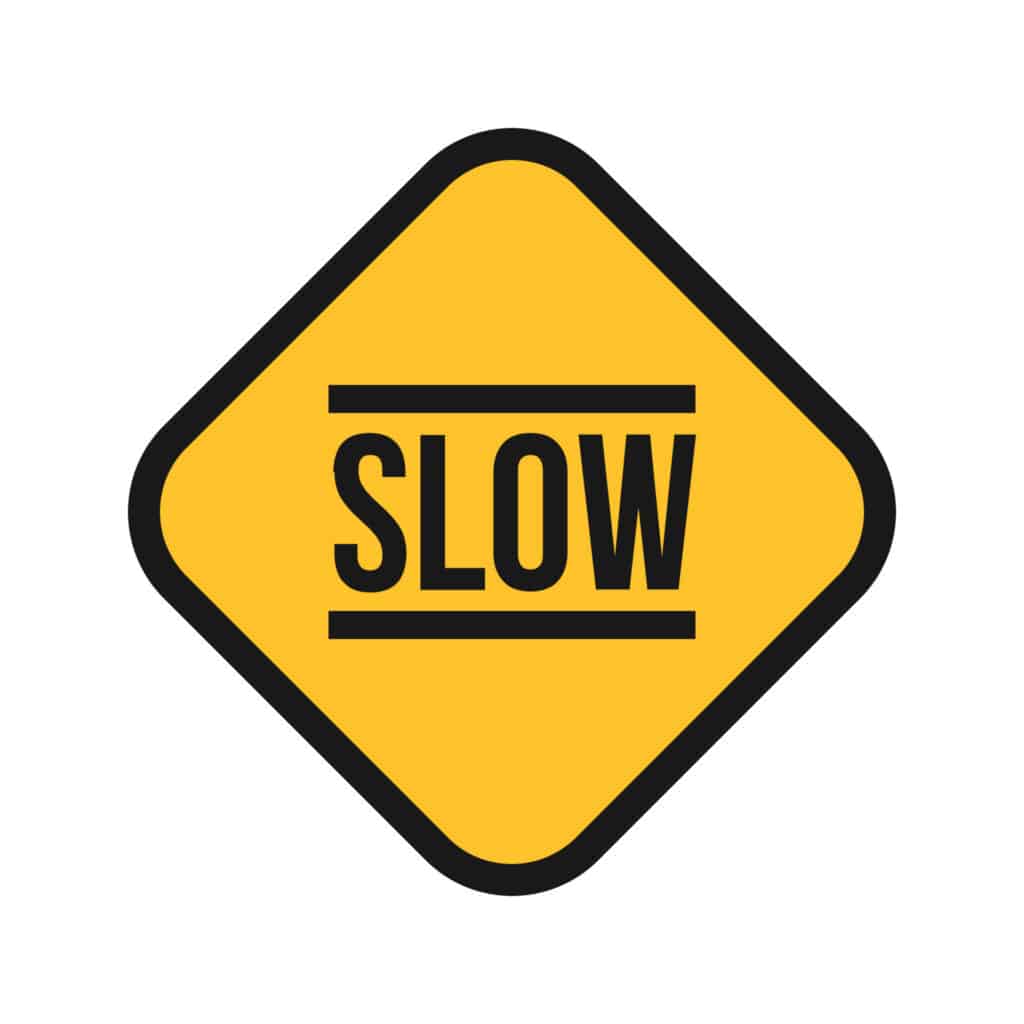
- Reading lyrics and lyric discovery (students of all ages can struggle with reading comprehension)
- Introducing and teaching the exercise or song (break into small fragments)
- When using solfege hand signs. (watch them carefully and copy the speed they perform at)
- when performing clap-back/singback exercises (try different body percussion activities)
- when learning the song with the piano accompaniment (Let them learn the melody without accompaniment first)
Cognitive processing speeds can vary significantly with our students. *Understanding processing speeds in children, visit:
8 Tips for mindful lesson pacing in the voice studio
Less talking, more singing.
The more you let them sing, the more your students will auto-correct. When you give corrections, do so with a simple statement and allow the student to repeat the exercise before asking for changes.
Have all materials ready
Have your books, visuals, props, music, backing tracks, handouts, devices, and games ready. Any downtime spent looking for your tools will allow students to disengage from your lesson plan.
Online lessons: When my student first logs into my zoom room, I outline the activities and ask students to find all their materials before we get started.
Have a variety of activities
Teachers working with the kiddos need an extensive teaching toolbox. While you may have a routine in your lessons, you want to offer various activities so students can explore music with all their senses. Offering students a choice of activities will help with pacing and engagement.
Comprehensive lesson plans
With simple lesson planning, teachers will find opportunities to connect warm-up activities with repertoire. Look at the student’s repertoire and find ways to explore commonalities in the warm-up part of the lesson. (See our strategies for Wolf in the Forest)
Do all work in the lessons.
Beginners require teacher assistance when learning music theory or music reading skills. Break this foundational material into small activities, incorporating games and song study into a comprehensive lesson. A quick overview in a short lesson will not transform into effective home practice. Teacher tip: Assigning oodles of homework is a red flag. You may need to reevaluate your lesson pacing.
Fun Fact: We do not recommend completing a FULL VOICE workbook lesson each week. Go slow and enjoy the learning. We also don’t recommend assigning FULL VOICE Workbook lessons as homework. They need to be completed with the assistance of the teacher.
Review, review, and more review
Progress in learning is never A to B. Learning new information and becoming confident with it requires much repetition and different activities that allow the student to explore concepts in many different ways. Therefore, make time in your lesson planning for students to sing repeatedly and include time in your lesson plans for reviewing the basic skills.
Observe your students
Your students will show you (and sometimes they will tell you) when they are engaged in the activity or need to move on to a new activity. Be flexible in your lesson plans, as modifying activities will keep young singers smiling and singing.
Happy Singing!
*students who rush through beginner method books will become discouraged as the materials become more challenging and are likely to quit lessons.


